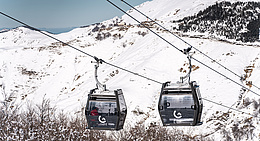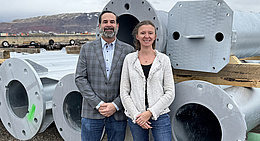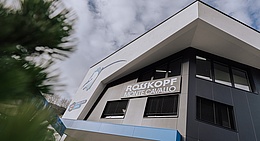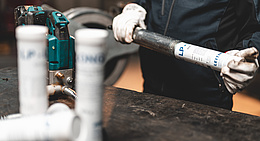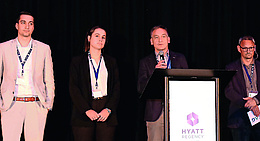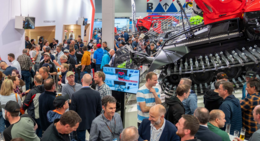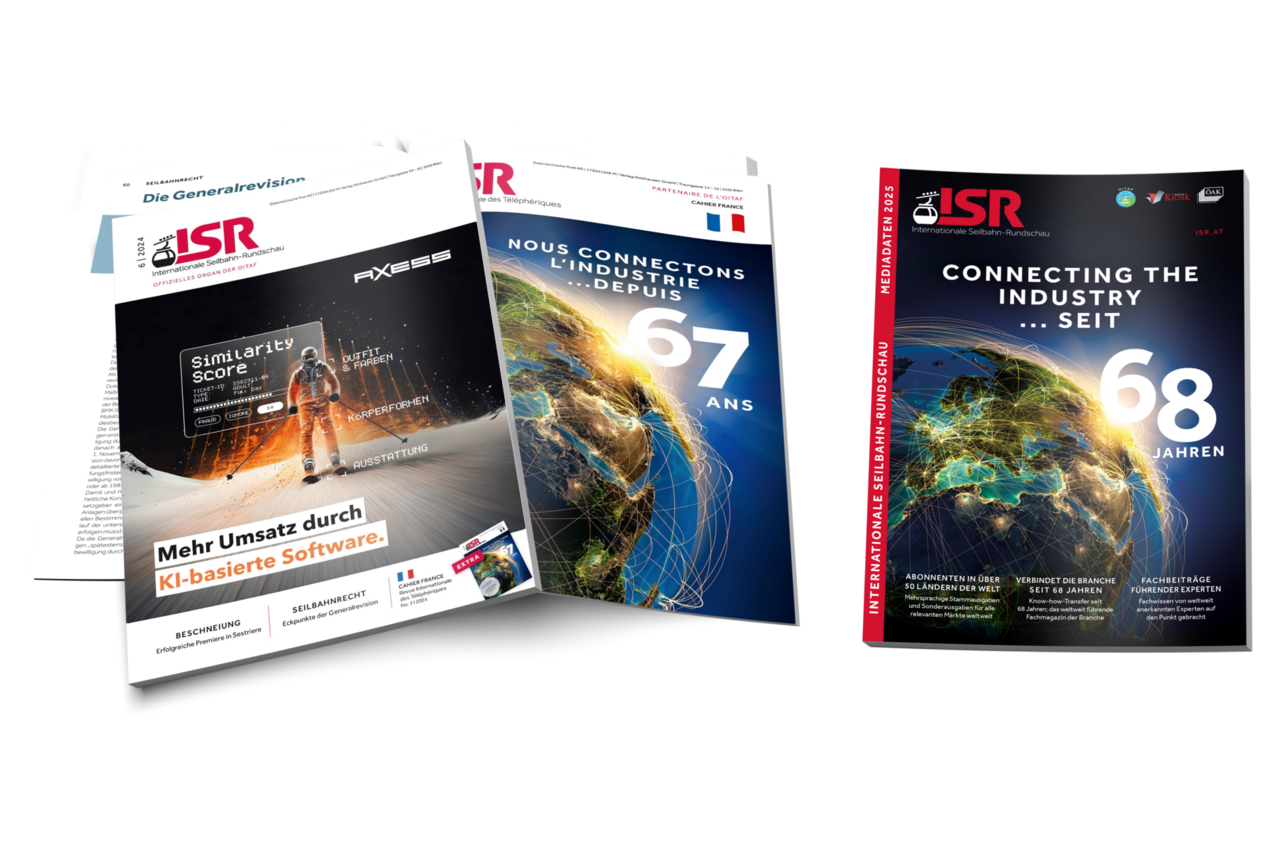After around two years of field testing on various ropeways, Fatzer has now provided initial information on the successful outcome with TRUsplice ES, the company’s next splice generation. With this solution, splice length is defined using a specific certified analysis process. According to Fatzer, this is naturally done without detriment to standards of safety and rope life – as proven by several years of tests and investigations.
30% saving in time
TRUsplice ES (abbreviation for Engineered Solution) is Fatzer’s engineering service for assessing the specific splice load and calculating the smallest possible splice length. According to Fatzer, TRUsplice ES thus reduces the time required for splicing, shortening and splice regeneration by up to 30%. The manpower requirement is also significantly reduced. With TRUsplice ES it is also possible to splice a rope in places where there would not be enough space to make a conventional long splice. In this connection, TRUsplice ES is another addition to the Fatzer family of TRU products like TRUcockpit and TRUscan as well as Performa. With all these solutions, Fatzer’s aim is to reduce the total cost of ownership for ropeway operators.
First intensive phase of field testing
As ISR reported in its 2021 Swiss Special, TRUsplice ES started life as a collaborative development project involving Fatzer, Lucerne University and Garaventa AG, which ran from 2015 to 2020. The project involved a full scientific analysis of minimum permissible splice length. Based on the results of the analysis, Fatzer then performed various field tests over a two-year period and provided selected ropeway operators with support in the use of TRUsplice ES. “Looking back on this testing phase, we can say that the results were extremely positive. Trouble-free operation was reported on all installations with reduced splice lengths corresponding to just over 50 to 60% of the standard specifications,” says Christof Nater, Head of R&D at Fatzer AG. According to Nater, the positive outcome is thanks to the successful combination of a special splicing tape, the splicing method and due consideration of all relevant ropeway system criteria.
The basic physics
One of the fundamental physical principles of TRUsplice ES is that forces are transmitted from the tucked strand to the outer strands via frictional constraint, and that this is influenced by certain parameters, including the geometry and the construction of the strands and the properties of the wrapping material for the tucked strands. Above a certain marginal length of the tucked strand, no further increase in force transmission by friction is possible in the splice. On this basis, minimum tuck length can be defined for specific splice configurations. In practice, some additional work is always necessary in the individual case, of course, since every rope has its specific properties, which must be included in the calculation.
Functionality assessment
In order to evaluate the effectiveness and functionality of the shorter splices and to identify any undesirable displacements, the field tests conducted on the ropeways included monitoring the ropes by means of magnetic inductive testing. According to Fatzer, the results clearly show that the calculations, analyses and research findings are confirmed in practical application.
CE certification for the first product groups
A certification body monitored Fatzer’s work during the last few months of field testing and approved TRUsplice ES for the first product groups in a certification process pursuant to EU Regulation 2016/424. The conformity assessment is based on extensive laboratory tests and the numerous field tests conducted on ropeways. Fatzer is currently hard at work on certification of TRUsplice ES for other product groups so that it can be used on a wide range of ropeway systems.
Impressive potential
“TRUsplice ES has great potential for cost savings for ropeway manufacturers and operators – and it also offers qualitative advantages,” says Fatzer’s CTO Michael Hanimann. With the shorter splice lengths, splicing can be carried out where there was previously not enough space. In addition, better working conditions in steep terrain help deliver a more uniform splice, which makes for smoother running of the rope on the installation. The size of the team and total man-hours are also significantly reduced through the use of TRUsplice ES. “In the case of urban ropeways in particular, splice scaffolds are a major cost and time driver, and a further advantage of TRUsplice ES is that scaffolding can be reduced or even completely eliminated, for example when the work on the splice can be performed in one of the stations,” says Hanimann.
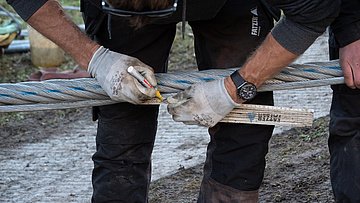
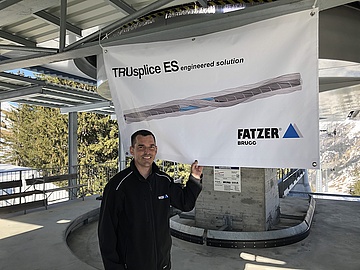
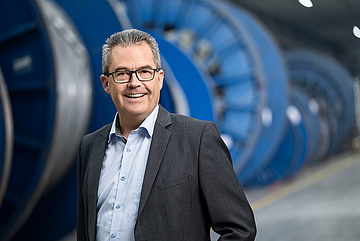
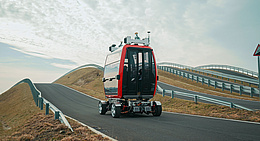

![[Translate to English:] (c) Doppelmayr](/fileadmin/_processed_/b/3/csm_85-ATW_Stechelberg-Muerren_Lauterbrunnen_CHE_001_6442c0520d.jpg)

